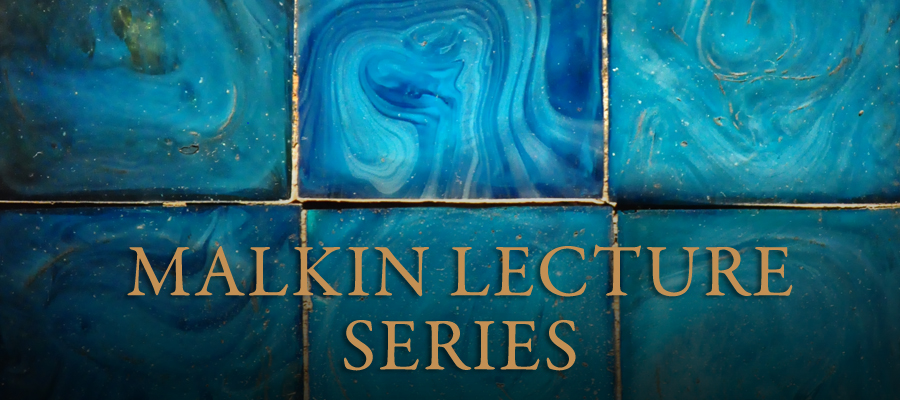
Part American palace, part industrial shed, Park Avenue Armory fills a critical void in the cultural ecology of New York by enabling artists to create and audiences to experience unconventional work that could not otherwise be mounted in traditional performance halls and museums.
The Armory was completed in 1881, at the height of the Gilded Age. It contains the 55,000-squarefoot Drill Hall and the country’s most intact collection of American Aesthetic Movement interiors, representing the work of Louis Comfort Tiffany, Stanford White, and Herter Brothers, among others.
Launched in 2007, the Malkin Lecture Series presents scholars and experts on topics relating to the Park Avenue Armory and its pivotal role in the civic, cultural, and aesthetic evolution of New York City in the 19th and early 20th centuries. This fall, we look at artists, cultural trends, and the military history of turn-of-the-century New York — all of whom were connected with the Seventh Regiment and its Armory.
UPCOMING LECTURES
An Aristocracy of Wealth: New York’s Gilded Age Society through the Decorative Arts
December 1
PREVIOUS LECTURES
A Tale of Two Lockwoods
September 29
Augustus Saint-Gaudens’ Shaw Memorial and the 54th Massachusetts Regiment
November 4
All lectures take place in the Armory’s Historic Rooms.
Photo: Kirsten Reoch
Commenting is not available in this channel entry.